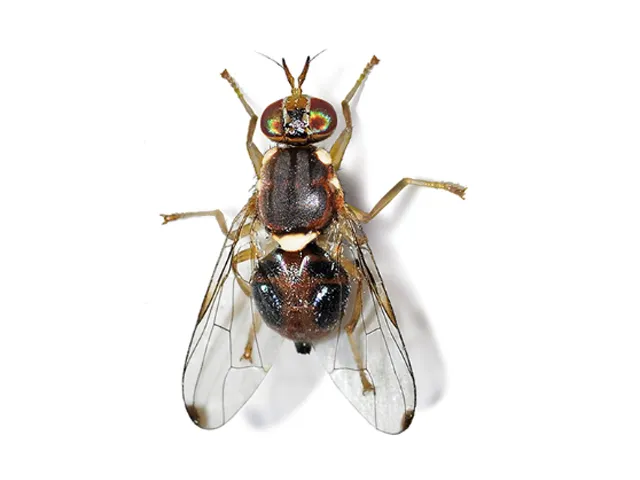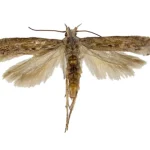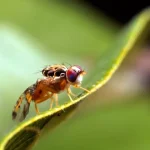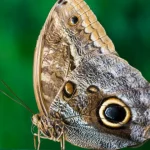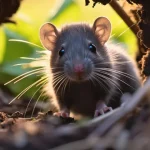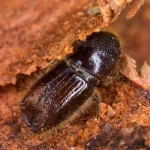Olive fruit fly is a type of insect that damages olive trees. This species overwinters as a pupa under the soil. It becomes active in June, particularly affecting olive trees in the Mediterranean region.
Olive fruit fly causes significant economic losses, necessitating effective control measures. The methods used to combat this pest aim to minimize the damage and prevent olive losses.
Damage Caused by the Olive Fruit Fly
Known as Bactrocera oleae, this insect seriously harms olive fruits. It starts to have an effect from early June, laying its eggs in mature olives. The larvae feed inside the fruit, causing the olives to rot and resulting in a loss of yield.
The damages caused by the olive fruit fly include:
- The larvae feeding inside the fruits increase the acidity, reducing the quality.
- Fruits damaged by this insect rot and fall from the tree, causing yield loss for producers.
- The damage caused can lead to fungal growth on the fruits.
- Fruits damaged by the fly spoil more quickly during storage, raising production costs.
This species causes significant damage, particularly to the fruits on olive trees.
If not controlled, this pest can cause significant losses to the country’s economy, particularly affecting the export potential of high-quality olive oil.
The presence of damaged products in the market lowers their value, negatively impacting producers’ income.
It is crucial to combat this pest to maintain product quality and reduce production costs. Various methods such as cultural, biological, and biotechnical control are available, with traps being the most preferred method.

Olive Fruit Fly Trap
The most commonly used trap in combating Bactrocera oleae is the pheromone trap.
This trap works by mimicking the pheromones secreted by female flies to attract male flies into the trap. The attracted males stick to adhesive sheets or are trapped in water containers, where they are eliminated.
Advantages of pheromone traps:
- This method significantly reduces the need for chemicals, protecting both the environment and human health.
- Pheromone traps target a specific insect species, avoiding harm to other beneficial organisms.
- These traps are useful for monitoring and controlling the pest population.
- By reducing pesticide use, they help lower production costs.
Proper use and maintenance of these traps are crucial for effective pest control.
How to Make an Olive Fruit Fly Trap?
Feromone capsules are placed inside the trap body, specifically designed to attract male flies. Then, adhesive sheets or water-filled containers are added to the trap body. The adhesive sheets capture the flies by sticking them, while the water containers aim to drown the insects.
The traps are hung on the upper branches of trees at specific intervals using hanging apparatus. Regular maintenance and monitoring of the traps are necessary to obtain accurate information about the population density based on the number of captured insects.
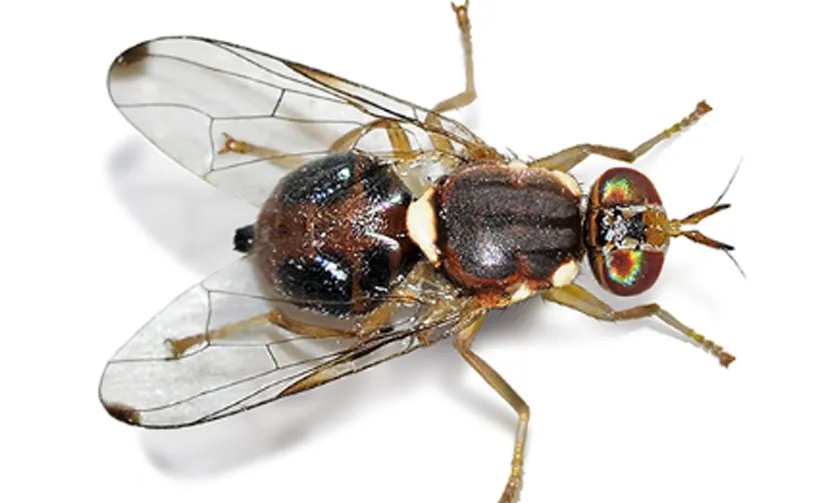
When to Hang Olive Fruit Fly Traps?
These traps are generally hung during periods when the fly species is active, which coincides with the time when olive fruit flies start laying eggs. Traps should remain in place throughout the entire active period to prevent the flies from multiplying and damaging the fruits.
For more detailed information about olive fruit fly control methods and pheromone traps, you can contact Kapar Organic.
Curious questions about the olive fly are the following:
There are effective methods for combating this species, including biological, biotechnical, and cultural methods. The most preferred method is pheromone traps.
This fly species spends the winter in the soil as pupae and usually becomes active from June, occasionally as early as April.
Olive trees are commonly affected by this pest, with larvae being laid in the fruit, causing damage.

